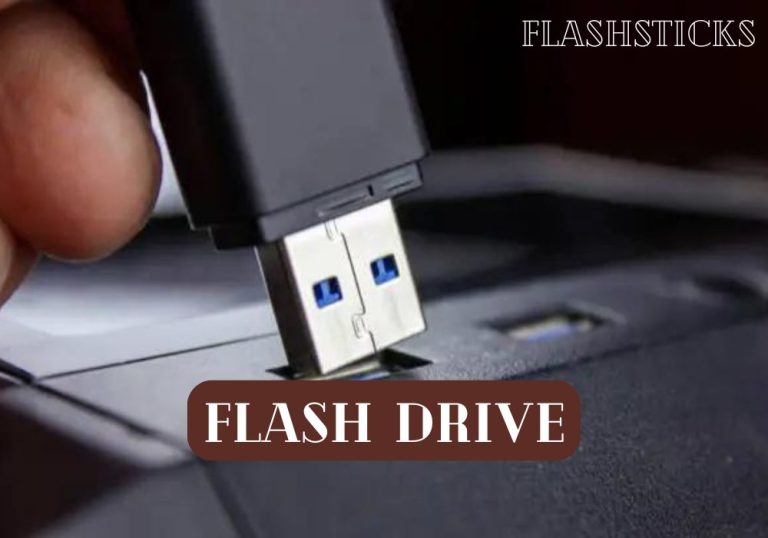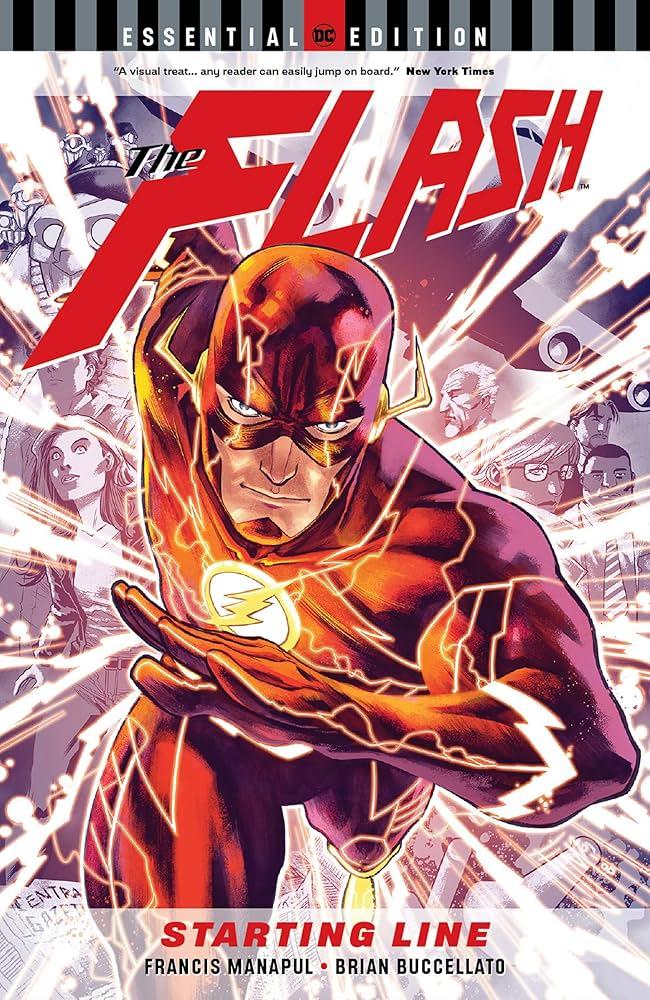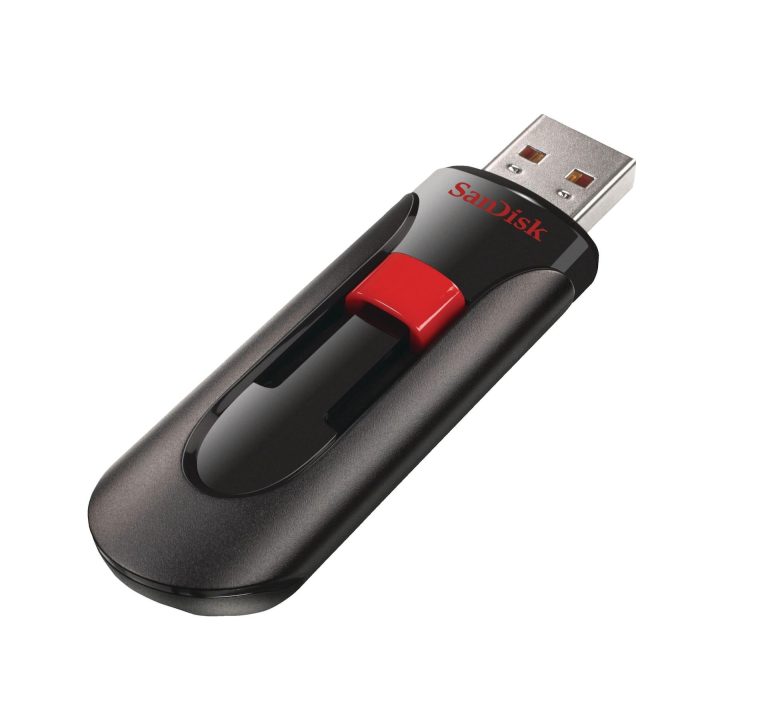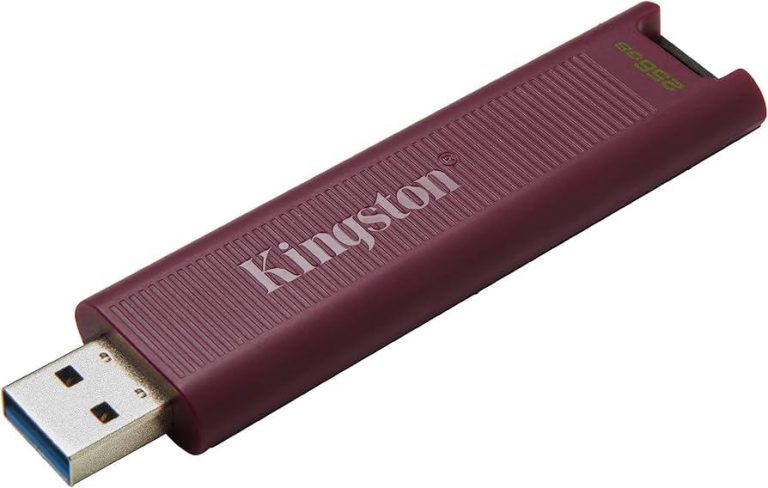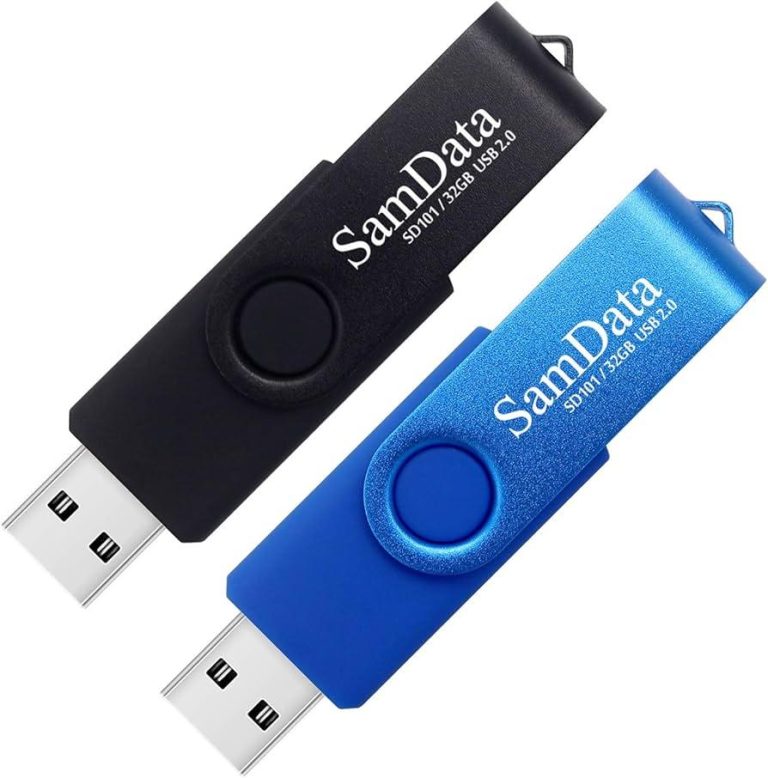How Many Pictures Can a Flash Drive Hold? Your Ultimate Guide
“In today’s digital age, carrying around a small, portable flash drive with your precious photos is incredibly convenient. But you might be wondering, “How many pictures can a flash drive hold?” This comprehensive guide aims to answer that question and help you better understand the storage capacities of flash drives and how they work.
Understanding Flash Drive Storage Capacity
Flash drives come in various storage capacities, ranging from as low as 1GB to an impressive 1TB or more. When determining how many pictures your flash drive can hold, you’ll need to consider the total storage capacity and the size of each individual photo file. The following table summarizes the most common flash drive capacities and their approximate corresponding number of photos:
| Flash Drive Capacity | Approx. Number of Photos (5MB each) |
|---|---|
| 4GB | 800 |
| 8GB | 1,600 |
| 16GB | 3,200 |
| 32GB | 6,400 |
| 64GB | 12,800 |
| 128GB | 25,600 |
| 256GB | 51,200 |
Factors Affecting the Number of Photos a Flash Drive Can Hold
While flash drive capacity is a crucial factor, several other variables can impact the number of pictures you can store:
1. Image Quality and Resolution
The higher the resolution of your photos, the larger the file size will be. High-resolution images (e.g., 20MP and above) can take up significantly more space than lower-resolution images (e.g., 8MP).
2. File Format
Different file formats also result in varying file sizes. For instance, RAW files used by professional photographers are much larger than JPEG files because RAW files contain more detailed information.
3. Compression Settings
Compressed images take up less space but may suffer a loss in quality. Most digital cameras offer settings for different levels of compression which can affect file size.
Determining the Average Photo File Size
The average file size of a photo can vary based on the factors mentioned above. However, for the sake of estimation, let’s consider an average photo size of 5MB, typical for JPEG format photos taken by a 12-16 MP camera.
Real-World Examples
Let’s break down some real-world examples to better understand how many pictures various flash drives can hold.
| Scenario | Photo Size (MB) | Flash Drive Capacity | Approx. Number of Photos |
|---|---|---|---|
| High-Resolution Photography | 10MB | 32GB | 3,200 |
| Standard Photography | 5MB | 64GB | 12,800 |
| Compressed Images | 2.5MB | 128GB | 51,200 |
Benefits of Using a Flash Drive for Storing Photos
Flash drives offer several advantages for photo storage:
- Portability: Easy to carry and use across various devices.
- Durability: Less prone to damage compared to CDs or DVDs.
- Convenience: Simple plug-and-play functionality.
- Affordability: Flash drives are relatively inexpensive.
Practical Tips for Managing Your Photos on a Flash Drive
To maximize the efficiency of your flash drive, consider the following tips:
1. Organize Your Files
Create folders and subfolders to categorize your photos. This will make it easier to find specific images when needed.
2. Backup Regularly
A flash drive can fail without warning. Always keep a backup of your important photos in another location, such as an external hard drive or cloud storage.
3. Use Compression Wisely
If you need to save space, consider compressing your images. Just be sure to balance between compression and quality loss.
Conclusion: How Many Pictures Can a Flash Drive Hold?
the number of pictures a flash drive can hold depends on various factors like the flash drive’s capacity, image resolution, file format, and compression settings. By understanding these aspects and implementing practical tips for photo management, you can optimize your storage capacity and keep your precious memories safe and accessible. Whether you are a professional photographer or a casual shutterbug, knowing how to effectively use a flash drive can make your life significantly easier.
“`


